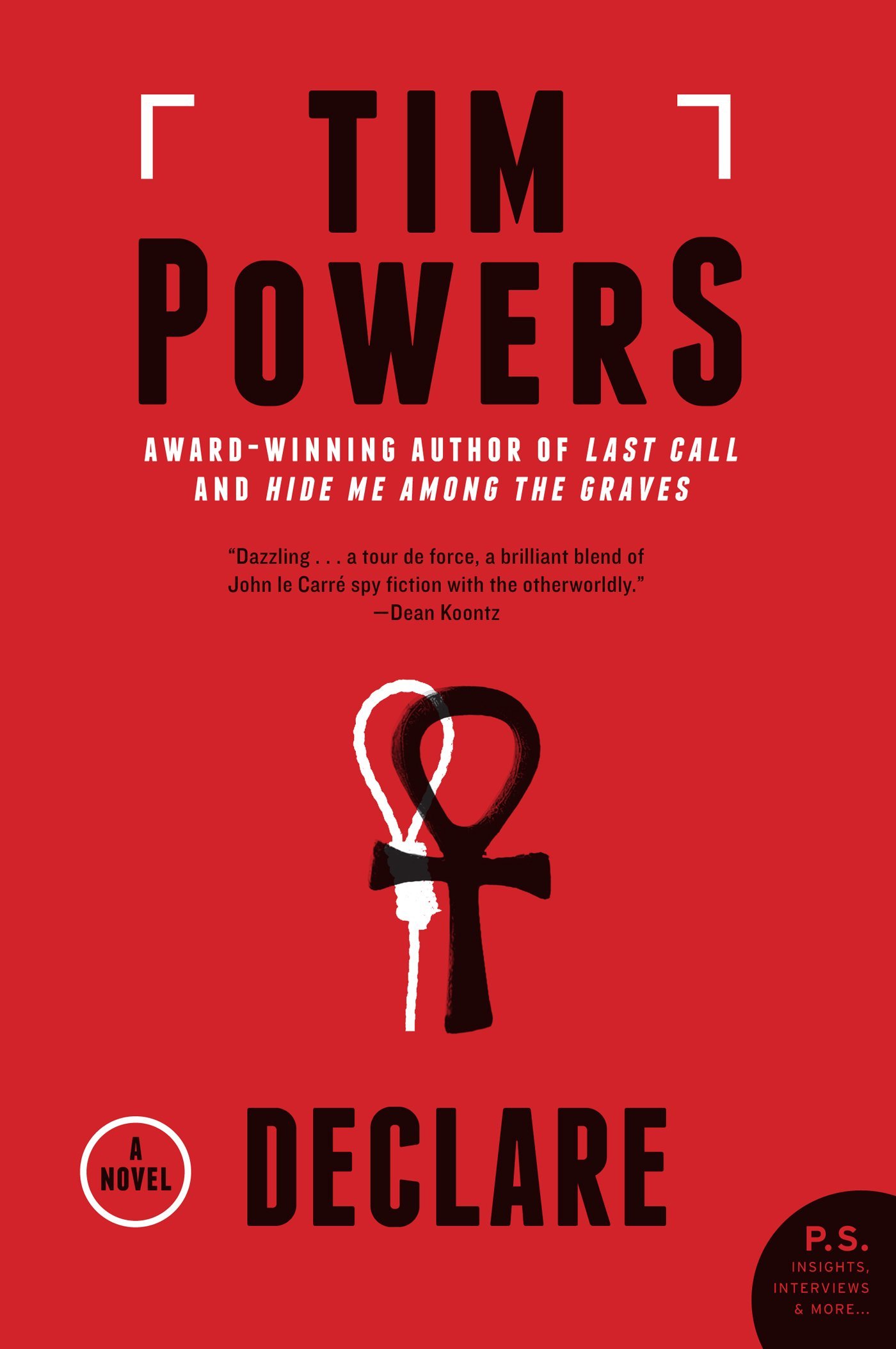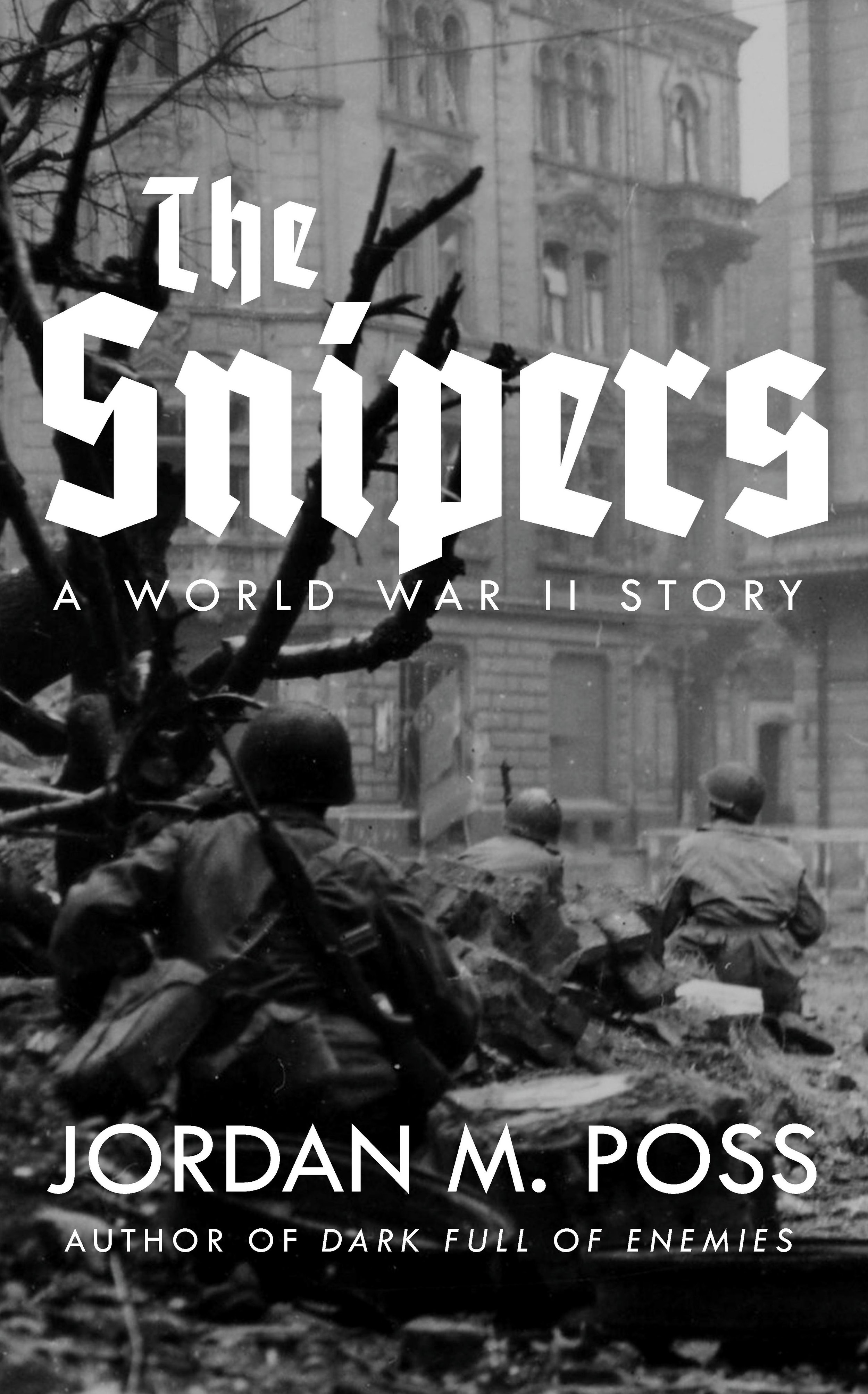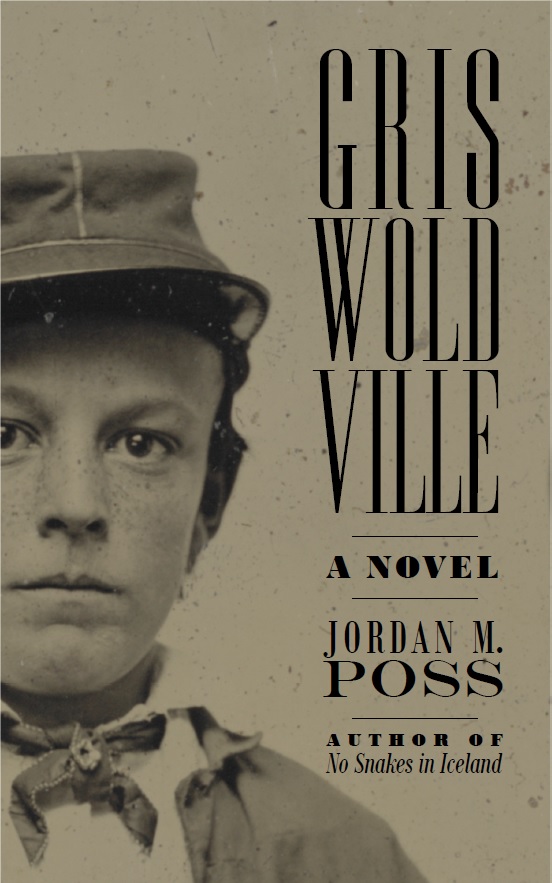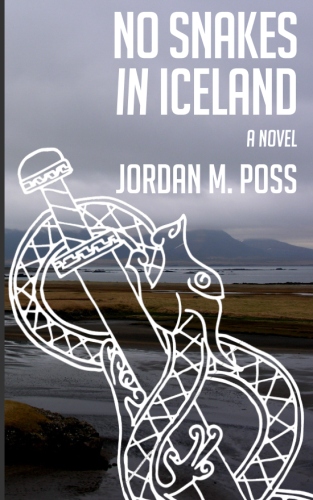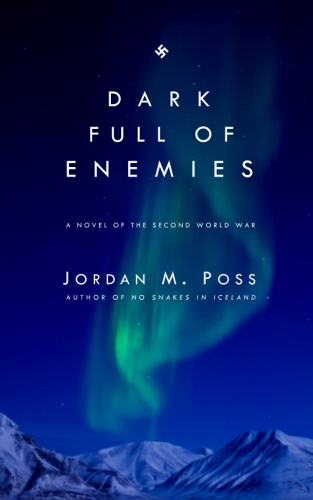Short, fun, and good
/We’ve been traveling for Independence Day but I wanted to put something short together before the weekend. A few recent items that have been on my mind:
Last month my friend Joel Miller shared “A Brief Argument for Short Books” at his Miller’s Book Review Substack.
Shortly before that, YouTuber Man Carrying Thing (aka Jake) posted a short video essay on the purported lack of reading among adult men and what may or may not lie behind it.
Last week, responding to some of the same discourse, Jared Henderson shared a video about “How to Start Reading Again,” with Jake of Man Carrying Thing as a guest.
Earlier today, Henderson followed that up with his “boring” solution to “the male reading crisis” on his Substack.
All good food for thought, and with an important commonality: the importance of short books. Per Henderson’s Substack essay, an easy either to get back into or to renew one’s love for reading is to “prioritize short and fun books at first.”
My one quibble: I’d strike “at first.” Short, fun books are good at any time of one’s reading life. The following is a list of my own recommendations. All are books I’ve read and enjoyed and would stick up for in a fight, and all are 1) short, 2) fun, and 3) have good literary qualities. I have considered no other factors in selecting them, so if you have some criterion or criteria for a list that you value above 1-3 above, write your own list. The more book recommendations the merrier!
I’ve sorted them into broad categories but, in making these recommendations, I’d also encourage you not to limit yourself to any one category. Again—I’d vouch for all of these.
Familiarity breeds contempt
These are the books that you read—or were supposed to read—at some point in high school. I’m listing these here because despite being on a lot of school reading lists, they’re actually classics and are still being read for a good reason.
Animal Farm, by George Orwell
Fahrenheit 451, by Ray Bradbury
The Red Badge of Courage, by Stephen Crane
Lord of the Flies, by William Golding
Thrillers and spy novels
Arranged in chronological order.
The Thirty-Nine Steps, by John Buchan—A man framed for murder by agents unknown must flee both his enemies and the authorities. One of the books most responsible for the shape of the modern thriller and still a lightning-fast read. Long blog review here.
Rogue Male, by Geoffrey Household—A hunter arrested and tortured by the (unnamed) Gestapo for an attempt on the (unnamed) dictator of a central European German-speaking country must escape his pursuers, who chase him all the way back to England.
Journey into Fear and Epitaph for a Spy, by Eric Ambler—Two excellent spy thrillers from just before the outbreak of World War II. In both, an ordinary man is caught in the crossfire of international espionage and must contend with his enemies as well as his own ignorance of spycraft in order to survive.
Casino Royale, by Ian Fleming—Forget the stereotype of movie Bond. The original Bond novel is short, brutal, briskly paced, and brilliantly written. Whether you go on to the rest of Fleming’s original series or not, Casino Royale is worth your time.
The Spy Who Came in From the Cold, by John le Carré—A British agent plays a long con on East German intelligence. A Cold War thriller in a deliberately different vein from any of the novels listed above, with heavy emphasis on the intricacies of spying and deception.
Swashbucklers old and new
The Prisoner of Zenda, by Anthony Hope—An English tourist swaps places with the king of a small European kingdom when he gets falling-down drunk on the day of his coronation. Then the king’s scheming brother kidnaps the real king, forcing the bluff to continue. Spawned a whole subgenre of lesser imitators but a rollicking old-fashioned adventure itself.
Treasure Island, by Robert Louis Stevenson—Another one that’s a classic for a reason. Even if you know the story, it’s hard not to feel a boyish yearning for adventure awaken while reading or re-reading it.
Salute to Adventurers, by John Buchan—A young Scot embarks on a series of wilderness adventures involving pirates, Indians, and apocalyptic religious extremists in colonial Virginia. Long blog review here.
Captain Blood, by Raphael Sabatini—An English doctor falsely accused of treason escapes imprisonment and wages a war of piracy against his enemies. Less well-known now than Treasure Island, but one of the canonical pirate tales.
On Stranger Tides, by Tim Powers—The great modern pirate story, combining vividly imagined real-world piracy with magic. An exciting, engrossing read from the first chapter.
Mystery and crime
The Hound of the Baskervilles, by Sir Arthur Conan Doyle—Sherlock Holmes and Watson wander into a gothic ghost story. Good mystery, great atmosphere, and sharply and concisely written.
Death Comes as the End, by Agatha Christie—I’ve enjoyed every Christie novel I’ve read, but the vividly realized ancient Egyptian setting in this one makes it unusual and especially memorable.
The Moonshine War and Mr Majestyk, by Elmore Leonard—Two good early crime novels from Leonard, one set in Prohibition-era Kentucky and the other in early 1970s California. In both, ordinary men must resist overwhelming odds to do what they think is right. Short, tight, and engaging.
The Friends of Eddie Coyle, by George V Higgins—Boston crooks scheme, run guns, rob banks, and betray each other to the authorities. A brilliant short crime novel told almost entirely through dialogue.
The Highwayman, by Craig Johnson—Is a long-dead Indian police officer sending distress calls in an area that is otherwise without radio reception? A short supernatural entry in the Longmire mystery series.
Sci-fi (and adjacent territory)
The War of the Worlds and The Time Machine, by HG Wells—Again, classics for a reason. Both brilliantly imagined, well paced, thought-provoking, and very short.
The Scarlet Plague, by Jack London—An apocalyptic story of an epidemic that wipes out most of mankind as well as the story of one man left in the ruins who must start over. A great surprise from an author I’d previously associated with dog stories.
The Day of the Triffids and The Kraken Wakes, by John Wyndham—Two great postwar sci-fi novels. In one, killer plants escape and wreak havoc after the majority of mankind is blinded, and in the other, alien invaders wage war against mankind from beneath the ocean. Both brilliant, suspenseful, and surprising reads. Long blog review of The Kraken Wakes here.
The Road, by Cormac McCarthy—Father and son cross a post-apocalyptic wasteland. Again, don’t let its popularity and the Oprah endorsement lull you into contempt. This is a genuinely great and powerfully moving novel.
Westerns
Massacre at Goliad, by Elmer Kelton—Human drama and action in the Texian Revolution.
Last Stand at Saber River and Valdez is Coming, by Elmore Leonard—Two of Leonard’s best Westerns. As in the crime novels recommended above, both feature principled men seeking restitution against stronger and less scrupulous enemies and monstrous injustice.
True Grit, by Charles Portis—Whether you’ve seen one or both film adaptations, Portis’s original novel is still better. A masterpiece of tone and voice with a compelling story whether you’re reading it for the first or the fifth time.
No Country for Old Men, by Cormac McCarthy—Another brilliant novel brilliantly adapted for the screen, but still better than the movie. Not a bad place to start with McCarthy if you find The Road’s post-apocalyptic bleakness daunting.
Other (I dare not say “literary”)
Shiloh, by Shelby Foote—A great short Civil War novel told from multiple points of view over two days. A great fictional account of real events, beautifully written and rich in detail.
The Great Divorce, by CS Lewis—The souls of the dead take a field trip to the edge of heaven. Simple, straightforward, but wonderfully rich and powerful. One of my favorites of Lewis’s books and one you can easily read in an afternoon.
Rita Hayworth and Shawshank Redemption, by Stephen King—My estimation of King has steadily fallen for the last decade, but this novella remains a small masterpiece and one of the handful of books on this list that I read in one sitting, without stopping. Still one of my favorite reading experiences. I reread it recently and it holds up.
Eaters of the Dead, by Michael Crichton—Beowulf retold from an outsider’s point of view. A great adventure, a wry spoof of academia, a shocking horror story, and a lot of fun if you also know Beowulf. Long blog review here.
Grendel, by John Gardner—Though “Beowulf retold from the monster’s point of view” might sound like a familiar, overdone premise in our age of Wicked and Maleficent and Cruella, Gardner’s novel differs from those in presenting Grendel as sympathetic but still evil and Beowulf as still heroic. A great read with hidden depths.
The Loved One and Black Mischief, by Evelyn Waugh—The darkest of dark comedies from a sharp-eyed master of stinging humor. I laughed so hard I cried in both books.
Again, these are just the ones that came easily to mind, and I’m sure I could supply a list twice or three times as long. Whether you’re one of the people described above, someone who wants to become a reader again, or you’re just looking for something to refresh your reading life here in the middle of the year, I hope you’ll find something good in this list.











